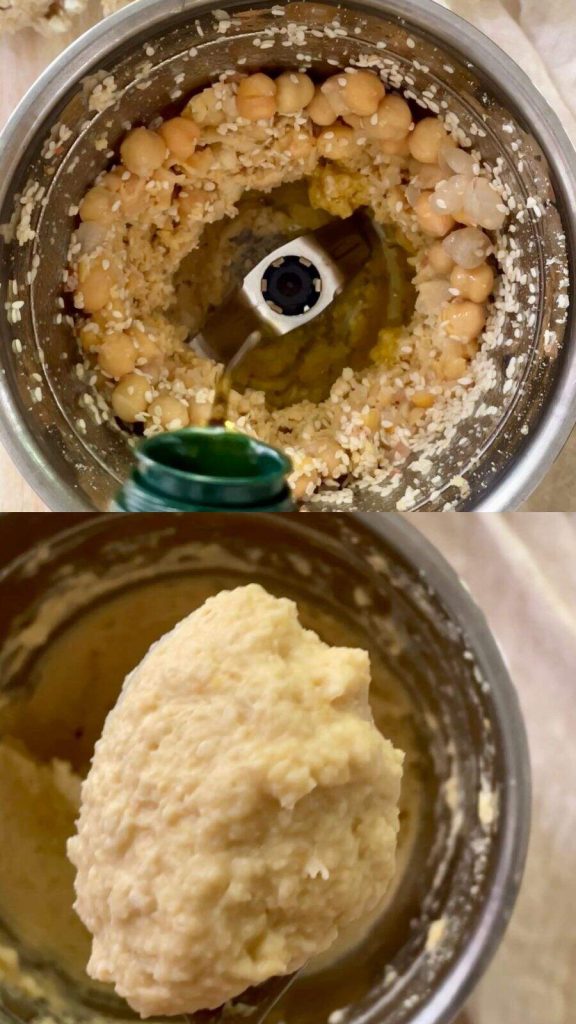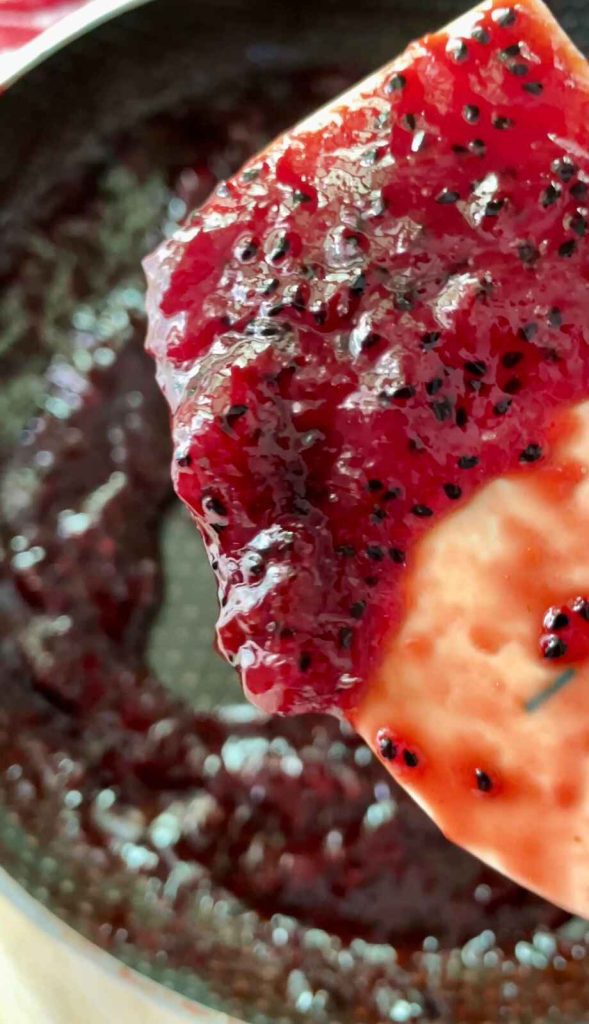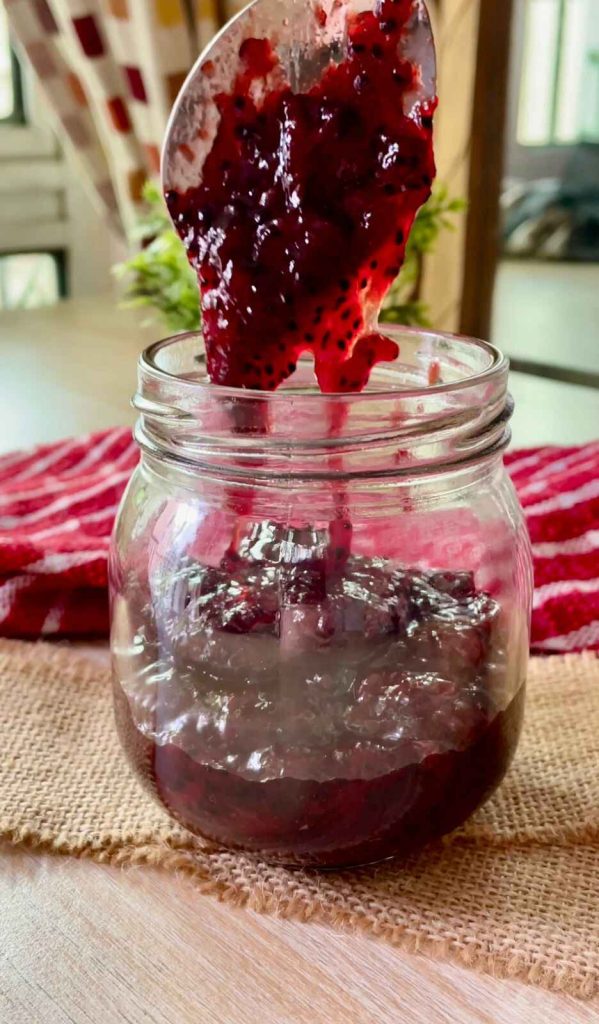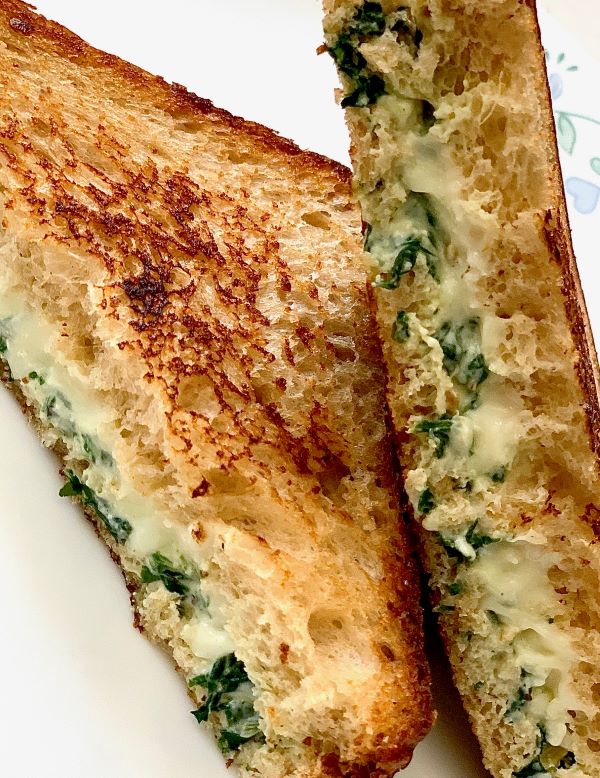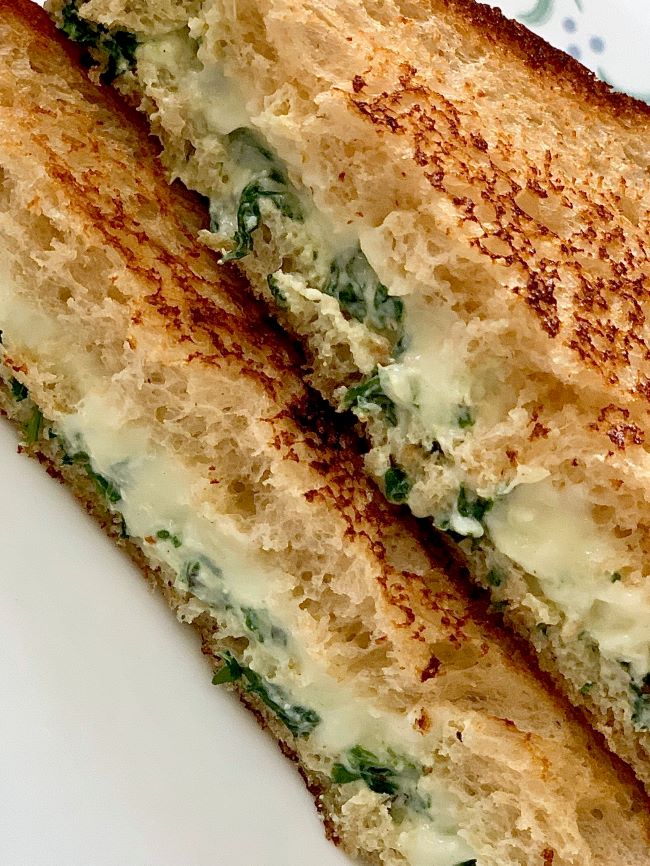When you look at the app store or all other apps that enable you to efficiently track your macros, most of them rely on some type ‘database’ of built in food products, values, names, dishes, data from some authority – maybe USDA, or any such reliable body. My problem with those apps it that it makes them highly unreliable, The data is pre-fed into the system and you are just estimating your diet hoping for the accuracy of the data. And most of these apps would not allow you to customise those values. And then there is a problem of nationalities, locations and types of food that we actually like to eat,
The main difference in MacroTracker by MasalaMonk is that there is no database fed into the system at all. It comes blank out of the box, allowing you to make your own entries and database. As someone who has struggled with weight and keeping a track of his food and eating habits, I realised as big a ‘foodie’ I thought I was, I ended up eating items from the same catalogue of 30-50 dishes or food items max – depending on where I am living, weather, kind of food available etc.
Finding Macro content of anything is not a big deal these days, just do a quick google search for anything and you will have the values – pick one from the source you find most reliable and create your own entry in the database for your account. You can always come back and edit the item or delete the same and make any modifications you want.
What else? Though you enter 3 basic macros, Proteins, Carbs and Fats, for the food item, the app gives you a sope to add 5% error, to account of things that might not be accounted for, a feature I believe can help people who are strictly trying to restrict their caloric intake for whatever reason.
Right now we have hosted the first cut of the application on MacroTracker.MasalaMonk.com or http://macrotracker.masalamonk.com/ – its in early development stages, however I thought I will still put the word out there and start collecting some feedback.
If you are looking for a MacroTracker – do take this one for a spin and let me know the feedback on comments. Would love to improve and develop it further.



